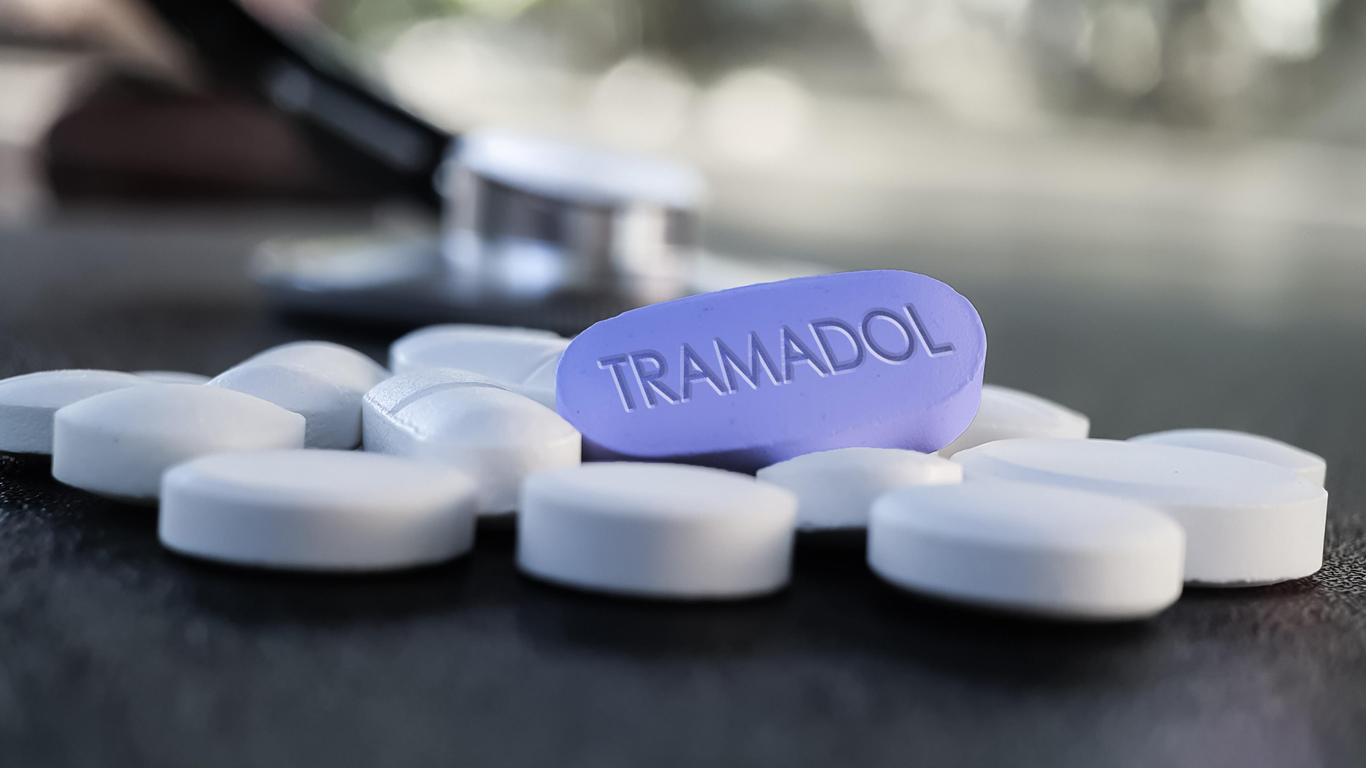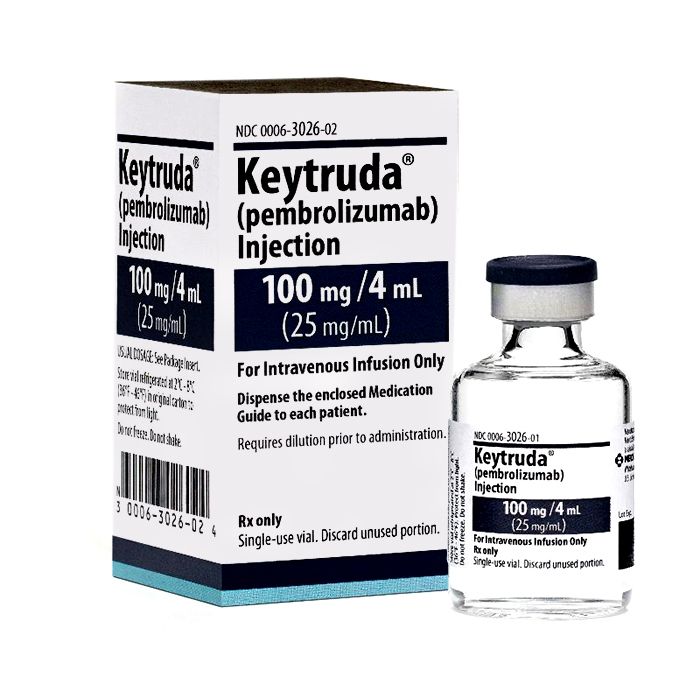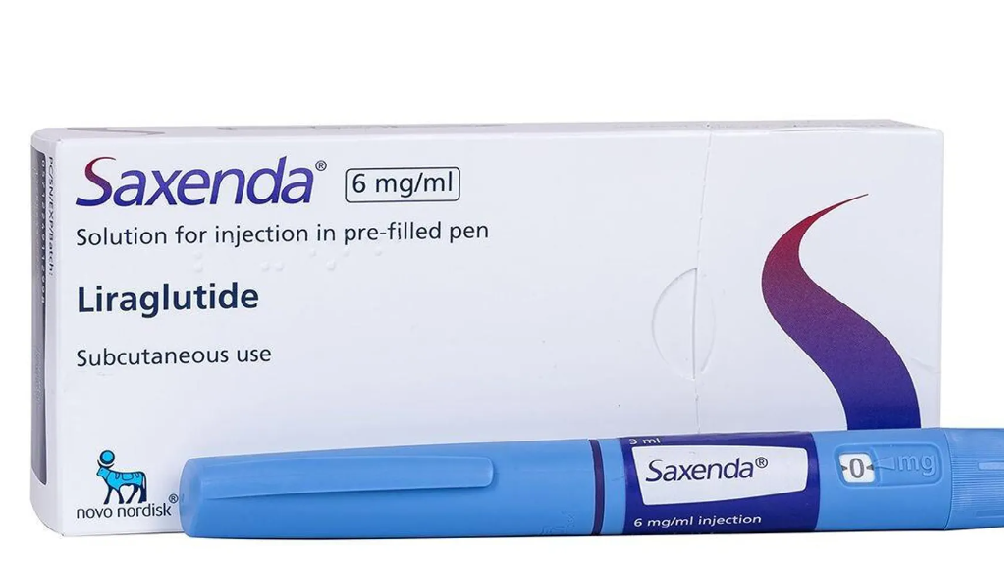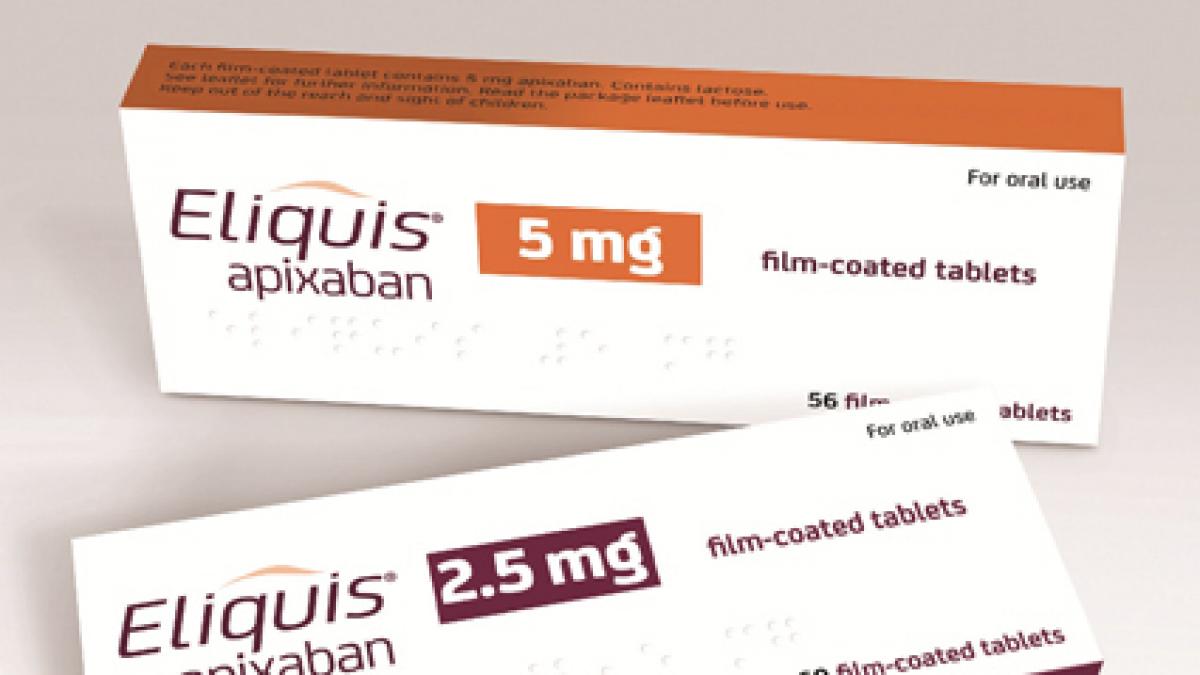Buy Tramadol Online at Prescrimeds.com
Looking for a convenient and secure way to buy Tramadol online?
Look no further than Prescrimeds.com. As a trusted online pharmacy, Prescrimeds offers a hassle-free experience, allowing you to purchase pain relief medications from the comfort of your own home.
With affordable prices and reliable delivery, Prescrimeds.com is the top choice for individuals seeking to buy Tramadol online legally. Rest assured that your personal information and prescription medications are safe and secure with Prescrimeds, backed by positive reviews and testimonials from satisfied customers.
Key Takeaways:
- Prescrimeds.com is a reliable online pharmacy where you can purchase Tramadol
- Prescrimeds offers affordable prices and reliable delivery
- Prescrimeds prioritizes the safety and security of personal information and prescription medications
- Prescrimeds is a trusted source for buying Tramadol online legally
- Positive reviews and testimonials attest to the reliability of Prescrimeds.com
Why Choose Prescrimeds for Tramadol ?
When it comes to purchasing Tramadol online, Prescrimeds stands out as a trusted and reliable option. With a commitment to customer safety and regulatory compliance, Prescrimeds ensures a seamless and legal transaction. Here are some compelling reasons why you should choose Prescrimeds for your Tramadol needs:
Wide Selection of Prescription Medications
Prescrimeds offers a diverse range of prescription medications, including Tramadol . By buying from Prescrimeds, you can be confident that you are purchasing from a reputable source. Prescrimeds only provides high-quality and authentic medications, ensuring that you receive the relief you need.
Convenience and Ease of Online Ordering
Ordering Tramadol from Prescrimeds is a hassle-free process. Simply visit the Prescrimeds website, browse through the list of prescription drugs, and select Tramadol . The online ordering process is straightforward, requiring only your shipping address and payment details. Rest assured that your personal information is securely protected through Prescrimeds’ advanced encryption technology.
Competitive Prices and Reliable Delivery
Prescrimeds understands the importance of affordability when it comes to prescription medications. They offer competitive prices for Tramadol , allowing you to save money without compromising on quality. Additionally, Prescrimeds ensures reliable and timely delivery, so you can receive your Tramadol straight to your doorstep.
Tramadol is a trusted pain relief medication. Choosing Prescrimeds for your Tramadol purchase guarantees a safe, convenient, and reliable experience. Place your order with Prescrimeds today and experience the benefits of ordering Tramadol online from a trusted pharmacy.
| Reasons to Choose Prescrimeds |
|---|
| Wide selection of prescription medications |
| Convenience and ease of online ordering |
| Competitive prices and reliable delivery |
Convenient Online Ordering Process
Ordering Tramadol from Prescrimeds is a quick and easy process. Simply visit the Prescrimeds website and browse their list of prescription drugs. Once you’ve selected Tramadol , you can proceed with the online ordering process, which is designed to be straightforward and user-friendly.
To place your order, you will need to provide your shipping address and payment details. Rest assured, Prescrimeds prioritizes the security and confidentiality of your information by utilizing a secure online platform that protects your sensitive data.
Once your order is processed, you can expect a quick and reliable delivery right to your doorstep. Prescrimeds understands the importance of receiving your prescribed medication promptly, so they strive to ensure timely delivery for all customers.
Benefits of Ordering Tramadol Online from Prescrimeds
- Convenience: The online ordering process allows you to purchase Tramadol from the comfort of your own home, saving you time and effort.
- Accessibility: Buying Tramadol without a prescription is made possible at Prescrimeds, providing a convenient option for those in need.
- Reliability: With their commitment to customer satisfaction, Prescrimeds has earned a reputation as a trusted online pharmacy, ensuring you receive authentic and high-quality medications.
“Ordering Tramadol from Prescrimeds was a breeze. The online process was simple, and my medication arrived quickly. I highly recommend their services.” – Satisfied Customer
| Benefits | Prescrimeds | Other Online Stores |
|---|---|---|
| Convenience | ✓ | ✗ |
| Accessibility | ✓ | ✗ |
| Reliability | ✓ | ✗ |
By choosing Prescrimeds for your Tramadol needs, you can enjoy a hassle-free online ordering process, secure and private transactions, and reliable delivery services. Don’t hesitate to take advantage of the convenience and peace of mind that comes with ordering Tramadol online from Prescrimeds.
Affordable Medications at Prescrimeds
When it comes to purchasing Tramadol online, affordability is a key consideration. At Prescrimeds, we understand the importance of providing high-quality medications at competitive prices, ensuring accessibility for all our customers. By choosing to order Tramadol from Prescrimeds, you can save money without compromising on the quality of the medication you receive.
Our commitment to affordability is complemented by our reliable delivery service. We strive to ensure that your Tramadol is delivered to your doorstep quickly and efficiently, so you can experience the pain relief you need without delay. Whether you require Tramadol for short-term or long-term pain management, our affordable prices make it easier for you to access the medication you need.
Prescrimeds offers one of the most affordable prices per pill for Tramadol compared to our competitors. When combined with our fast delivery service, it’s clear why customers choose Prescrimeds for their medication needs.
At Prescrimeds, we believe that everyone should have access to affordable and high-quality medications. That’s why we strive to make Tramadol and other prescription drugs accessible to all our customers, ensuring that cost is not a barrier to pain relief. Choose Prescrimeds for affordable Tramadol online and experience the convenience and reliability of our service.
Fast Delivery to Your Doorstep
If you’re looking for fast and reliable delivery of Tramadol, look no further than Prescrimeds. We understand the importance of receiving your prescription medications quickly and efficiently, especially when you’re in need of pain relief. After placing your order for Tramadol or any other prescription drugs, we process and ship it as soon as possible, ensuring that you receive your medication in a timely manner.
Our delivery times may vary depending on your location, but we strive to provide fast and efficient service to all our customers. We know that waiting for your medication can be frustrating, which is why we work hard to minimize any delays. With Prescrimeds, you can trust that your Tramadol will be delivered straight to your doorstep, saving you time and hassle.
Whether you’re dealing with chronic pain or experiencing a sudden flare-up, we understand that prompt delivery of Tramadol is crucial for your well-being. That’s why we prioritize fast delivery to ensure that you have quick access to the pain relief you need. Trust Prescrimeds for fast and reliable delivery of Tramadol to your doorstep.
At Prescrimeds, we offer a range of delivery options to suit your needs. With our standard delivery, you can expect your Tramadol to arrive within 3-7 business days. If you need your medication sooner, our express delivery ensures delivery within 1-3 business days. And for those urgent situations, we also offer overnight delivery, with your Tramadol arriving the next business day.
With Prescrimeds, you can have peace of mind knowing that your Tramadol will be delivered to your doorstep quickly and efficiently. Don’t let pain hold you back any longer – order your Tramadol from Prescrimeds today and experience our fast delivery service.
Safety and Security at Prescrimeds
When it comes to purchasing medications online, safety and security should always be top priorities. At Prescrimeds, we understand the importance of ensuring a trusted and secure online pharmacy experience for our customers. That’s why we have implemented rigorous measures to protect your personal information and ensure the authenticity of our prescription medications.
As a licensed online pharmacy, Prescrimeds operates in compliance with regulatory guidelines set forth by governing bodies. Our licensed pharmacists follow strict protocols when handling and packaging medications, ensuring that each order is accurate and safe. We prioritize your well-being by providing high-quality and authentic medications, similar to those found at traditional brick-and-mortar pharmacies.
At Prescrimeds, we take the security of your personal information seriously. Our secure online platform uses advanced encryption technology to safeguard your data, including your shipping address and payment details. Rest assured that your information is protected and will not be shared with any unauthorized third parties.
Don’t just take our word for it – our satisfied customers can vouch for the trustworthiness of Prescrimeds. Their positive testimonials highlight the reliability and safety of our online pharmacy. When you choose Prescrimeds, you can have peace of mind knowing that you are buying from a trusted and secure online pharmacy.
Customer Testimonial
“Prescrimeds has been my go-to online pharmacy for years. I appreciate their commitment to safety and security. Ordering my medications is easy, and the delivery is always prompt. I highly recommend Prescrimeds to anyone looking for a trusted online pharmacy.” – Emily, satisfied customer
Why Choose Prescrimeds?
- Safe and secure online pharmacy experience
- High-quality and authentic prescription medications
- Compliance with regulatory guidelines
- Secure encryption technology to protect personal information
- Positive testimonials from satisfied customers
Conclusion
When buying Tramadol online, choose Prescrimeds, the reliable online pharmacy. They prioritize safety, affordability, and convenience, making Tramadol ordering simple. As a trusted online pharmacy, Prescrimeds offers various prescription medications, ensuring access to necessary pain relief.
Prescrimeds provides competitive prices without sacrificing quality. You can save while getting authentic, high-quality medications. Plus, they ensure fast delivery, getting your Tramadol to you quickly for prompt pain relief.
Prescrimeds prioritizes your safety and security. With licensed pharmacists and secure encryption technology, they safeguard your personal and payment information. Positive customer testimonials affirm Prescrimeds’ trustworthiness.
Don’t wait. Choose Prescrimeds for convenience and reliability. Order Tramadol online from them and enjoy the peace of mind of buying from a trusted source.
FAQ
Is it legal to buy Tramadol online from Prescrimeds.com?
Yes, it is legal to buy Tramadol online from Prescrimeds.com. Prescrimeds is a trusted online pharmacy that adheres to regulatory requirements, ensuring a legal and safe transaction.
Can I purchase Tramadol without a prescription from Prescrimeds?
No, you cannot purchase Tramadol without a prescription from Prescrimeds. Prescrimeds is a licensed online pharmacy that follows strict protocols and requires a valid prescription for all prescription medications, including Tramadol.
How do I place an order for Tramadol on Prescrimeds.com?
To place an order for Tramadol on Prescrimeds.com, simply visit the website, browse the list of prescription drugs, select Tramadol, and proceed to the online ordering process. You will need to provide your shipping address and payment details.
Can I track my Tramadol order from Prescrimeds?
Yes, you can track your Tramadol order from Prescrimeds. Once your order is processed and shipped, you will receive a tracking number that you can use to monitor the progress of your delivery.
How long does it take to receive my Tramadol order from Prescrimeds?
The delivery times may vary depending on your location, but Prescrimeds strives to provide timely delivery within a reasonable timeframe. Fast delivery is prioritized to ensure that you receive your Tramadol in a timely manner.
Is my personal information and payment details secure with Prescrimeds?
Yes, Prescrimeds prioritizes the safety and security of customer information. The website uses secure encryption technology to protect sensitive data, including personal information and payment details.
Are the medications offered by Prescrimeds authentic and of high quality?
Yes, the medications offered by Prescrimeds are authentic and of high quality. Prescrimeds is a trusted online pharmacy that works with licensed pharmacists to ensure proper handling and packaging of medications in accordance with regulatory guidelines.
Can I find other prescription medications on Prescrimeds.com?
Yes, Prescrimeds offers a wide range of prescription medications, ensuring that customers have access to various options. You can browse the list of prescription drugs on the website and find the medication you need.





